Home>Dining>Tableware>What Constitutes A Formal Table Setting?
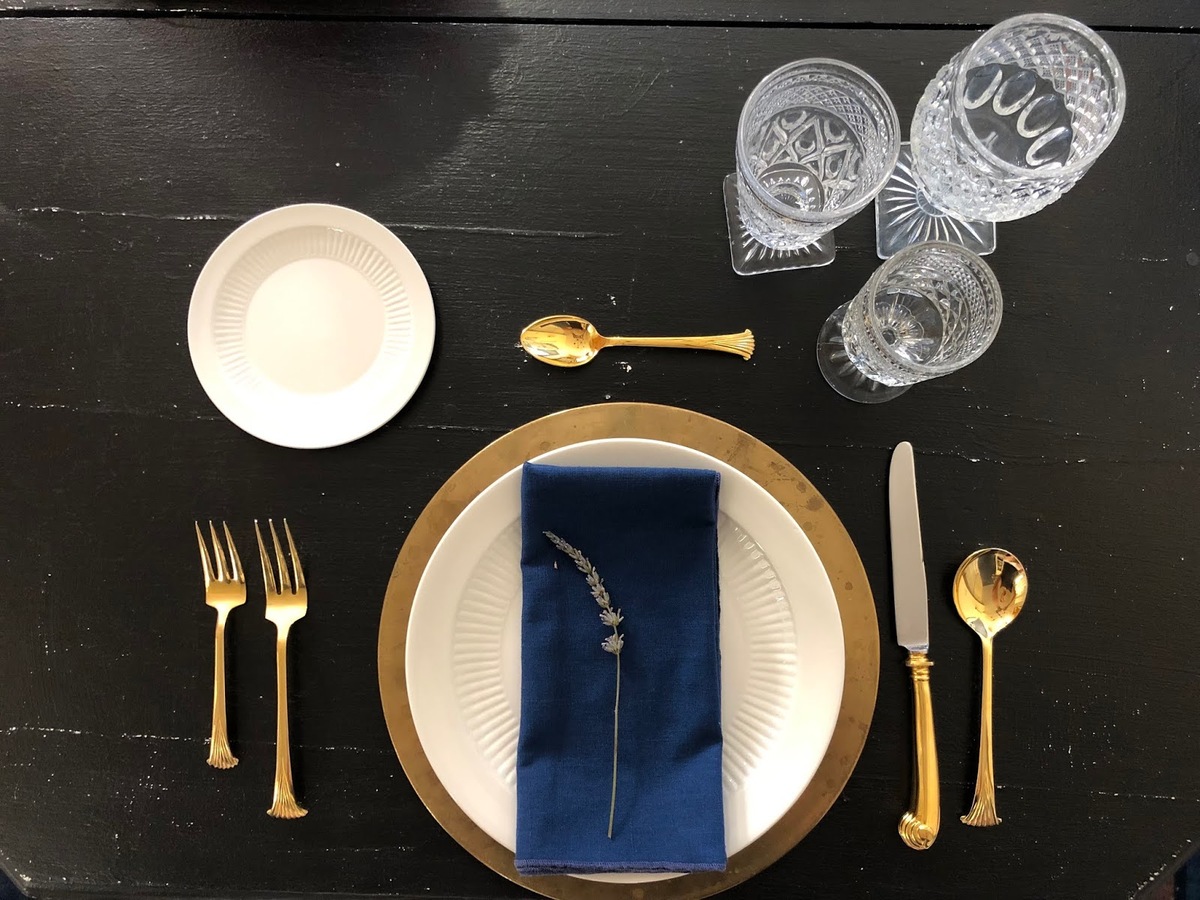

Tableware
What Constitutes A Formal Table Setting?
Modified: January 9, 2024
Discover the essential components of a formal table setting and learn how to arrange your tableware properly with our helpful guide.
(Many of the links in this article redirect to a specific reviewed product. Your purchase of these products through affiliate links helps to generate commission for Storables.com, at no extra cost. Learn more)
Introduction
When it comes to hosting a formal dinner or a special occasion, setting the table plays an essential role in creating an elegant atmosphere. A beautifully set table not only adds a touch of sophistication but also helps to enhance the overall dining experience for guests. However, achieving the perfect formal table setting can be a bit daunting if you don’t have the proper knowledge and understanding of tableware etiquette.
In this article, we will explore the fundamental elements that constitute a formal table setting and provide you with insights into how to arrange dinnerware, glassware, and other essential components. Whether you’re hosting a wedding reception, a fancy dinner party, or any other special event, understanding the intricacies of a formal table setting will ensure you impress your guests and make the occasion truly memorable.
So, let’s dive in and discover the art of creating an exquisite table setting that will leave a lasting impression. Whether you’re an experienced host or a novice, this guide will equip you with the necessary skills to elevate your table decor and master the art of fine dining etiquette.
Key Takeaways:
- Elevate any formal occasion by mastering the art of a well-set table. Pay attention to details, from dinnerware placement to napkin etiquette, and create a visually appealing and sophisticated dining experience that impresses guests.
- Incorporate creativity and attention to detail into your formal table setting. From menu cards to centerpieces, each element plays a crucial role in creating a memorable and refined dining affair that leaves a lasting impression on your guests.
Basic Elements of a Formal Table Setting
A formal table setting typically consists of several key elements that work together to create a visually appealing and sophisticated dining experience. These elements include the placement of dinnerware and glassware, proper napkin etiquette, menu cards and place cards, centerpieces and table decorations, and the arrangement of bread and butter plates, dessert utensils, and coffee and tea service. Let’s explore each of these elements in detail:
1. Placement of Dinnerware and Glassware: In a formal table setting, each place setting should include a dinner plate at the center, with a salad plate or soup bowl placed on top of it. To the left of the dinner plate, place a fork for the main course and a smaller fork for the salad. To the right of the plate, place a knife, followed by a soup spoon, if applicable. Above the plate, position a bread plate with a butter knife diagonally across it. Finally, arrange the appropriate glassware on the right side, including a water glass, wine glass(es), and a champagne flute, if necessary.
2. Proper Napkin Etiquette: The napkin is an essential component of a formal table setting. It should be neatly folded and placed either on the left side of the place setting or on top of the dinner plate. Alternatively, it can be creatively shaped and displayed in a decorative manner, such as a pyramid or a unique design. Remember, the napkin should not be tucked into the collar but should be used to gently pat the lips and kept in your lap during the meal.
3. Menu Cards and Place Cards: If you’re hosting a formal event with multiple courses, consider providing menu cards for each guest. These cards should be placed above the dinner plate or next to each place setting, indicating what courses will be served. Additionally, place cards can be used to designate seating arrangements, ensuring guests know where to sit. These cards can be placed either above the dinner plate or on a separate holder.
4. Centerpieces and Table Decorations: A formal table setting is incomplete without an eye-catching centerpiece. This can be a floral arrangement, a decorative centerpiece, or a combination of both. Ensure that the centerpiece doesn’t obstruct guests’ view or interfere with conversation across the table. Additionally, consider adding other table decorations, such as candles or small ornaments, to enhance the overall ambiance.
Remember to validate the HTML encoding to ensure the output is valid.
Placement of Dinnerware and Glassware
Proper placement of dinnerware and glassware is crucial in creating an elegant and well-organized formal table setting. Each piece serves a specific purpose and should be arranged in a specific order. Let’s delve into the details:
1. Dinner Plate: The dinner plate is the centerpiece of the place setting. It should be positioned in the center of the place setting, about an inch from the edge of the table. Ensure that it is placed directly in front of each chair.
2. Salad Plate or Soup Bowl: If you are serving a salad as the first course, place the salad plate on top of the dinner plate. If you plan to serve a soup, place the soup bowl on top of the dinner plate instead. If both a salad and soup are being served, place the soup bowl on top and position the salad plate to the left of the main plate.
3. Forks: To the left of the dinner plate, arrange the forks in order of use. The main course fork should be placed closest to the plate, with the salad fork positioned to its left. If a fish course is being served, place a fish fork to the left of the salad fork. The tines of the forks should be facing upward.
4. Knives and Spoons: To the right of the dinner plate, position the knife. The blade should face inward, towards the plate. If a soup course is included, place the soup spoon to the right of the knife. Additionally, if a fish course is served, you can include a fish knife to the right of the regular knife. The dessert spoon or fork can be placed horizontally above the plate or brought out with the dessert course.
5. Glassware: Place the appropriate glassware on the right side of the place setting, above the knives and spoons. Start with the water glass, positioned directly above the knives. To the right of the water glass, arrange the wine glass(es), if wine is being served. Stemware should be placed in the order of use, from left to right. If serving champagne, position the champagne flute to the right of the wine glass(es).
Remember to double-check the placement of dinnerware and glassware before guests arrive to ensure a visually appealing and organized table setting. A properly set table not only creates a pleasant atmosphere but also enhances the dining experience for your esteemed guests.
Napkin Etiquette
Napkins are an essential component of a formal table setting and should be handled with care and proper etiquette. Here are some guidelines to follow when it comes to napkin usage:
1. Placement: The napkin can be placed in two different positions, depending on the formality of the event. If the occasion is more formal, the napkin should be neatly folded and positioned on top of the dinner plate. If the event is slightly less formal, the napkin can be placed to the left of the fork.
2. Unfolding: When you sit down at the table, wait for the host or hostess to take their napkin and unfold it. This gesture signifies that it is time for guests to remove their napkins from their place settings and unfold them. Gently remove the napkin from its placement and unfold it once, taking care not to make any loud noises or shake it vigorously.
3. Placement in Lap: As soon as the napkin is unfolded, place it on your lap, with the fold facing toward you. The napkin should cover your lap completely, protecting your clothing. It should not be tucked into your collar or used to wipe your face or hands. Only use it to blot your lips discreetly when necessary.
4. Proper Usage: During the meal, use the napkin to subtly wipe your mouth. After taking a bite, gently dab your lips with the napkin to remove any food particles or excess sauce. Avoid wiping your mouth vigorously or smearing your lips with the napkin. The napkin should be used discreetly and silently, without drawing attention.
5. Take Care When Excusing Yourself: If you need to temporarily leave the table, place your napkin neatly on the arm of your chair or to the left side of your plate. This signals to the waitstaff that you have not finished your meal and will be returning shortly. When you are ready to leave the table permanently, place the napkin loosely on the left side of your plate.
Remember, napkins should be treated with respect and used in a subtle and inconspicuous manner. Following proper napkin etiquette shows your consideration for others and helps maintain an elegant and refined dining atmosphere.
Menu Cards and Place Cards
Menu cards and place cards are not only practical elements of a formal table setting but also serve as elegant decorations that add a touch of sophistication to the dining experience. Here’s everything you need to know about incorporating menu cards and place cards into your table decor:
1. Menu Cards: Menu cards are an excellent way to inform your guests about the courses they will be served throughout the meal. They add an element of anticipation and allow guests to prepare their palates for each course. Menu cards can be printed or handwritten and should be placed above each place setting, usually on the dinner plate or to the left of the forks.
2. Design and Format: The design and format of menu cards can vary depending on the theme or style of your event. They can be simple and minimalist or elaborate and decorative. Consider using high-quality paper or cardstock and elegant fonts that reflect the tone of your event. Include the names of the dishes, starting with the first course and ending with dessert, along with any accompanying sauces or flavors.
3. Place Cards: Place cards are used to assign seats to your guests, ensuring that everyone knows where to sit. They are especially useful for large gatherings or events where the seating arrangement needs to be carefully organized. Place cards can be placed on a separate table near the entrance, or directly on the table above or next to each place setting.
4. Personalization: Personalize each place card with the name of the respective guest. Use calligraphy or an elegant font to add a sophisticated touch. Place cards can also be embellished with small decorative elements, such as dried flowers, ribbons, or wax seals, to make them visually appealing.
5. Seating Etiquette: When arranging the place cards, make sure to consider the dynamics and preferences of your guests. Seat couples together and place close friends or family members near each other. If there are any specific seating requests or considerations, try your best to accommodate them. If you have a head table for the special guests, their place cards should be prominently displayed.
Menu cards and place cards not only assist guests in navigating the dining experience but also add a level of elegance and thoughtfulness to your table setting. They create a sense of anticipation and make each guest feel valued and special. So, consider incorporating these elements into your next formal event to impress your guests and elevate the overall ambiance.
When setting a formal table, remember that the utensils are placed in the order they will be used, with the main course utensils in the center and the dessert utensils above the plate.
Read more: How To Adorn A Formal Dining Room
Centerpieces and Table Decorations
Centerpieces and table decorations are essential elements of a formal table setting. They serve as focal points that enhance the overall aesthetics and ambiance of the dining experience. Let’s explore some key considerations when it comes to selecting and arranging centerpieces and table decorations:
1. Theme and Style: Consider the theme and style of the event when choosing your centerpieces and table decorations. Whether it’s a classic and timeless look or a more contemporary and unique approach, ensure that the decor aligns with the overall theme. For example, for a traditional formal event, floral arrangements with elegant crystal vases may be the perfect choice. On the other hand, a modern event could call for geometric sculptures or artistic candle holders.
2. Size and Scale: The size of your centerpiece should be appropriate for the size of the table and the number of guests. It should be large enough to make a statement but not so big that it obstructs guests’ view or interferes with conversation across the table. Consider the height of the centerpiece as well, making sure it doesn’t hinder the flow of conversation or create difficulty in passing serving dishes.
3. Coordination with Tableware: Harmonize the colors and styles of the centerpieces and table decorations with the tableware. Consider the color palette and materials used in your dinnerware, glassware, and linens and select complementary decor elements accordingly. This will create a cohesive and visually pleasing table setting.
4. Seasonal Touch: If your event takes place during a particular season, incorporate elements that reflect the time of year. For example, in spring, you can use fresh flowers in pastel hues, while in winter, you may opt for evergreen branches or pinecones. The seasonal touch adds an extra layer of thoughtfulness and makes the table decor more relevant to the occasion.
5. Placement and Balance: Centerpieces should be placed in the center of the table, allowing equal space for each guest. Ensure that the centerpiece is well-balanced and doesn’t overcrowd the table. If you have a long table, consider using multiple smaller centerpieces or a continuous runner arrangement to maintain visual appeal.
6. Lighting and Candles: Incorporating candles into your table decor can create a warm and inviting atmosphere. Use candle holders that match the style of your formal setting and ensure that the flames are at a safe height to avoid accidents. Additionally, consider the lighting in the room and how it will interact with the candles and other reflective elements on the table.
Remember, centerpieces and table decorations should enhance the dining experience without overpowering the table or obstructing the view. Thoughtfully selected and arranged decor elements contribute to the overall ambiance, elevating the formal setting and making it memorable for your guests.
Bread and Butter Plate
The bread and butter plate is a staple element of a formal table setting. It serves as a designated spot for serving bread, rolls, or butter, enhancing the dining experience and adding a touch of elegance. Here’s what you need to know about the bread and butter plate:
1. Placement: The bread and butter plate is typically positioned above the forks, on the left side of the place setting. It should be placed about an inch away from the edge of the table, parallel to the bottom of the place setting. Each guest should have their own individual bread and butter plate.
2. Size and Shape: Bread and butter plates are typically smaller in size compared to the dinner plate. They are usually round or oval-shaped, with a diameter of around 6 to 7 inches. The size should be appropriate for the portion of bread or rolls that will be served.
3. Bread Roll or Slice Placement: If you’re serving individual bread rolls, place them directly on the bread and butter plate using a pair of tongs or a bread basket. Ensure that each guest has a roll or slice of bread on their plate before the meal begins. If you’re serving sliced bread, place it neatly on a small bread plate or bread rack, which can be positioned in the center of the table for guests to serve themselves.
4. Butter and Butter Knife: Alongside the bread or rolls, provide a small butter dish or a pat of butter on each bread and butter plate. If using a butter dish, place it diagonally across the plate. Place a small butter knife horizontally on the plate next to the butter dish.
5. Bread Etiquette: When dining formally, the proper etiquette is to tear off bite-sized pieces of bread and butter them individually. Avoid spreading butter directly onto the whole slice of bread. Tear off a small piece, butter it, and consume it before repeating the process. This method ensures that the butter does not become overly melted or messy.
6. Bread Plate Usage: Once the meal begins, guests can use the bread and butter plate as a resting place for their used butter knife. They can simply place the knife horizontally across the plate, with the blade facing inward. This signals to the wait staff that the knife is still in use and not to be cleared.
The bread and butter plate serves as a practical and aesthetically pleasing element of a formal table setting. It provides guests with a designated space for enjoying bread and butter, keeping the table neat and organized. Together with the other elements of the place setting, it enhances the overall dining experience, adding sophistication and refinement.
Dessert Utensils
Dessert is often the highlight of a formal meal, and proper utensils are essential for enjoying these delectable treats. When setting a formal table, it is crucial to include the appropriate dessert utensils. Here’s what you need to know about dessert utensils and their placement:
1. Dessert Spoon and Fork: Dessert utensils typically consist of a dessert spoon and dessert fork. These utensils are slightly smaller than their counterparts used for the main course. The dessert spoon is similar in size and shape to a teaspoon, while the dessert fork may have shorter tines and a smaller overall size.
2. Placement: The dessert utensils are typically placed horizontally above the dinner plate or brought out with the dessert course. If placed above the plate, the dessert spoon should be positioned on the left side, with the handle pointing to the left, and the dessert fork should be placed on the right side, with the handle pointing to the right.
3. Timing: If the dessert is served separately, you can bring out the dessert utensils when serving the sweet course. If the dessert is served already plated, the utensils should already be arranged accordingly. Ensure that the dessert utensils are clean and polished, ready for guests to use.
4. Alternative Placement: In some cases, dessert utensils may be brought out with the dessert itself. This can be done by presenting the dessert on a separate plate, along with the appropriate utensils already placed on that plate. The dessert plate, along with the utensils, can be placed in the center of each guest’s place setting.
5. Dessert Spoons with Developments: For certain desserts, such as soufflés or custards, you may need specialized dessert spoons with longer handles and a slightly curved tip. These spoons are designed to reach the bottom of deeper dessert dishes, ensuring that guests can savor every last morsel.
Remember, dessert utensils should only be used for their intended purpose — enjoying the sweet treats. They should not be used interchangeably with the main course utensils. By providing the proper utensils and arranging them appropriately, you ensure that your guests can fully indulge in the deliciousness of the dessert course, adding the perfect sweet ending to your formal dining experience.
Coffee and Tea Service
Coffee and tea service are essential components of a formal table setting, especially during or after a meal. These hot beverages provide a delightful way to conclude the dining experience. Here’s everything you need to know about the coffee and tea service:
1. Placement: The coffee and tea service should be placed towards the end of the meal, typically after the dessert course. You can set up a separate side table or a designated area on the main table for the coffee and tea service. Ensure that it is easily accessible to guests.
2. Coffee and Tea Cups: Use appropriately sized cups for serving coffee and tea. These cups are generally smaller than regular mugs and feature a delicate design. Place a matching saucer beneath each cup, positioned on the right side of the cup. The handle of the cup should face towards the right.
3. Sugar and Creamer: Provide a separate sugar bowl or individual sugar packets for guests to sweeten their coffee or tea. Place a small sugar spoon or tongs nearby for scooping sugar. Additionally, a creamer pitcher can be provided for guests who enjoy adding cream or milk to their drink. These can be placed on a small tray or stand next to the cups.
4. Coffee Pot and Tea Pot: Use a coffee pot and a teapot to serve freshly brewed coffee and tea. These vessels should be elegant and complement the overall table setting. Place the pots on a tray or a coffeemaker stand to prevent any spills or mess on the tablecloth.
5. Accompaniments: Consider providing additional accompaniments for coffee and tea, such as lemon slices, honey, or stirrers. Place them in small dishes near the coffee and tea service area for guests to add as desired.
6. Beverage Service: When it’s time to serve coffee or tea, offer guests a choice between the two or provide both options. Use a serving tray or cart to transport the cups, pots, and accompaniments to each guest individually. Pour the coffee or tea into each cup and serve from the right side of the guest, taking care not to spill or splash.
7. Refills: Throughout the meal or after the initial serving, be attentive to guests who may require a refill of coffee or tea. Return to the serving area and refill the cups as needed, ensuring a warm and satisfying beverage experience.
Whether guests prefer coffee or tea, providing a well-organized and elegant coffee and tea service adds a warm and comforting touch to the formal dining experience. It allows guests to relax and enjoy a delightful beverage while engaging in post-meal conversations. Incorporate these elements into your formal table setting to elevate your hosting skills and create a memorable dining atmosphere.
Conclusion
Mastering the art of a formal table setting requires attention to detail, knowledge of proper etiquette, and an understanding of the essential elements that make up an elegant dining experience. By following the guidelines outlined in this article, you can create a visually appealing and sophisticated table setting that will impress your guests and elevate any formal occasion.
From the proper placement of dinnerware and glassware to the use of napkin etiquette, menu cards, place cards, centerpieces, bread and butter plates, dessert utensils, and coffee and tea service, each element plays a crucial role in enhancing the overall ambiance of the dining experience. By paying attention to these details, you can create a memorable event that leaves a lasting impression on your guests.
Remember to consider the theme and style of your event when selecting your tableware and decorations. Harmonize the colors and materials used in your place settings and incorporate seasonal touches when appropriate. This attention to detail will create a cohesive and visually pleasing table setting that reflects your personal style and the significance of the occasion.
Proper etiquette is key when it comes to a formal table setting. Understanding the correct placement of utensils, knowing when to use specific dishes and glasses, and following napkin etiquette will ensure that your guests feel comfortable and at ease throughout the meal. Always strive to maintain a relaxed and welcoming atmosphere, even within the formality of a table setting.
Whether you are hosting a wedding reception, a fancy dinner party, or any other special event, the intricate details and considerations put into a formal table setting will go a long way in creating a memorable experience for your guests. By incorporating these elements with care and creativity, you can transform a simple gathering into an elevated and refined dining affair.
So, let your creativity flow, pay attention to the details, and enjoy the process of setting a formal table. Your efforts will be appreciated by your guests and create a truly memorable dining experience that leaves a lasting impression. Cheers to the art of a well-set table!
Frequently Asked Questions about What Constitutes A Formal Table Setting?
Was this page helpful?
At Storables.com, we guarantee accurate and reliable information. Our content, validated by Expert Board Contributors, is crafted following stringent Editorial Policies. We're committed to providing you with well-researched, expert-backed insights for all your informational needs.

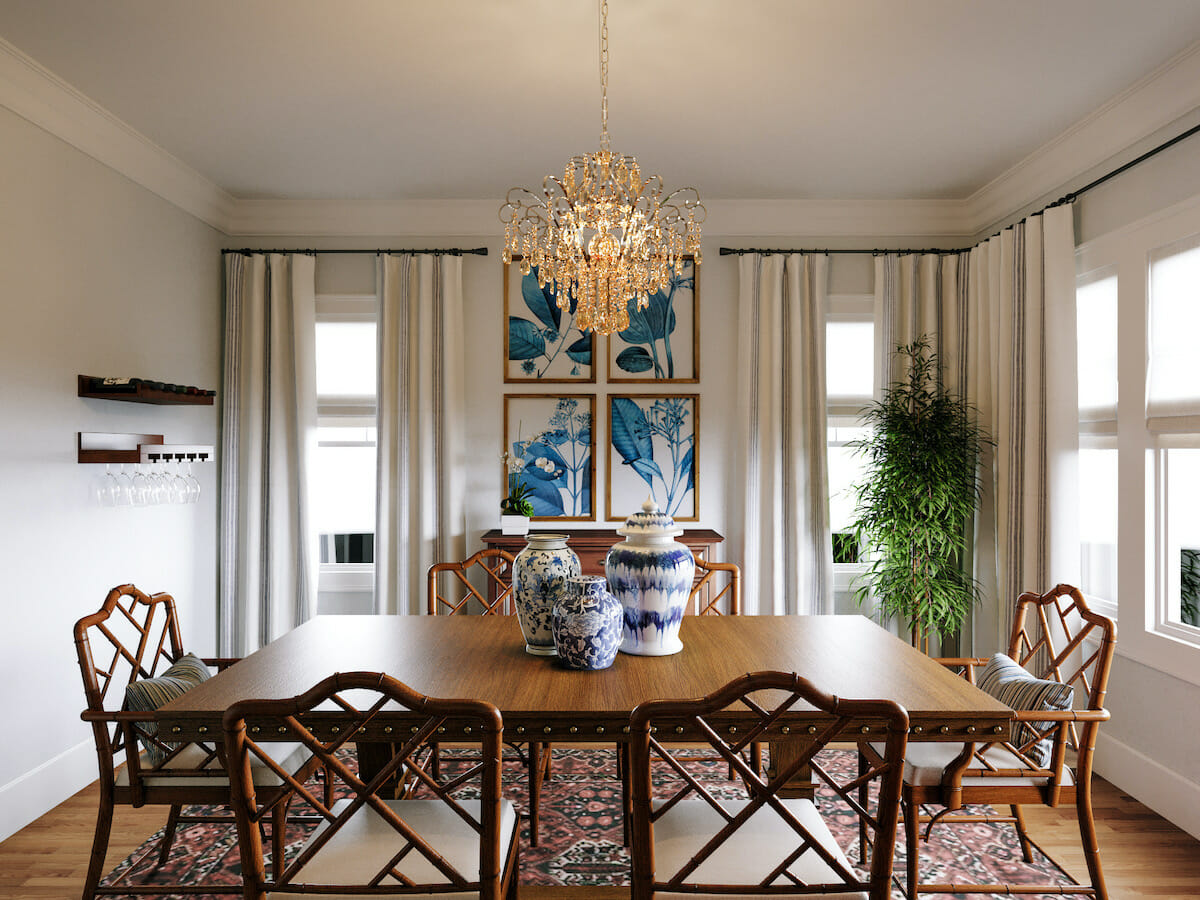
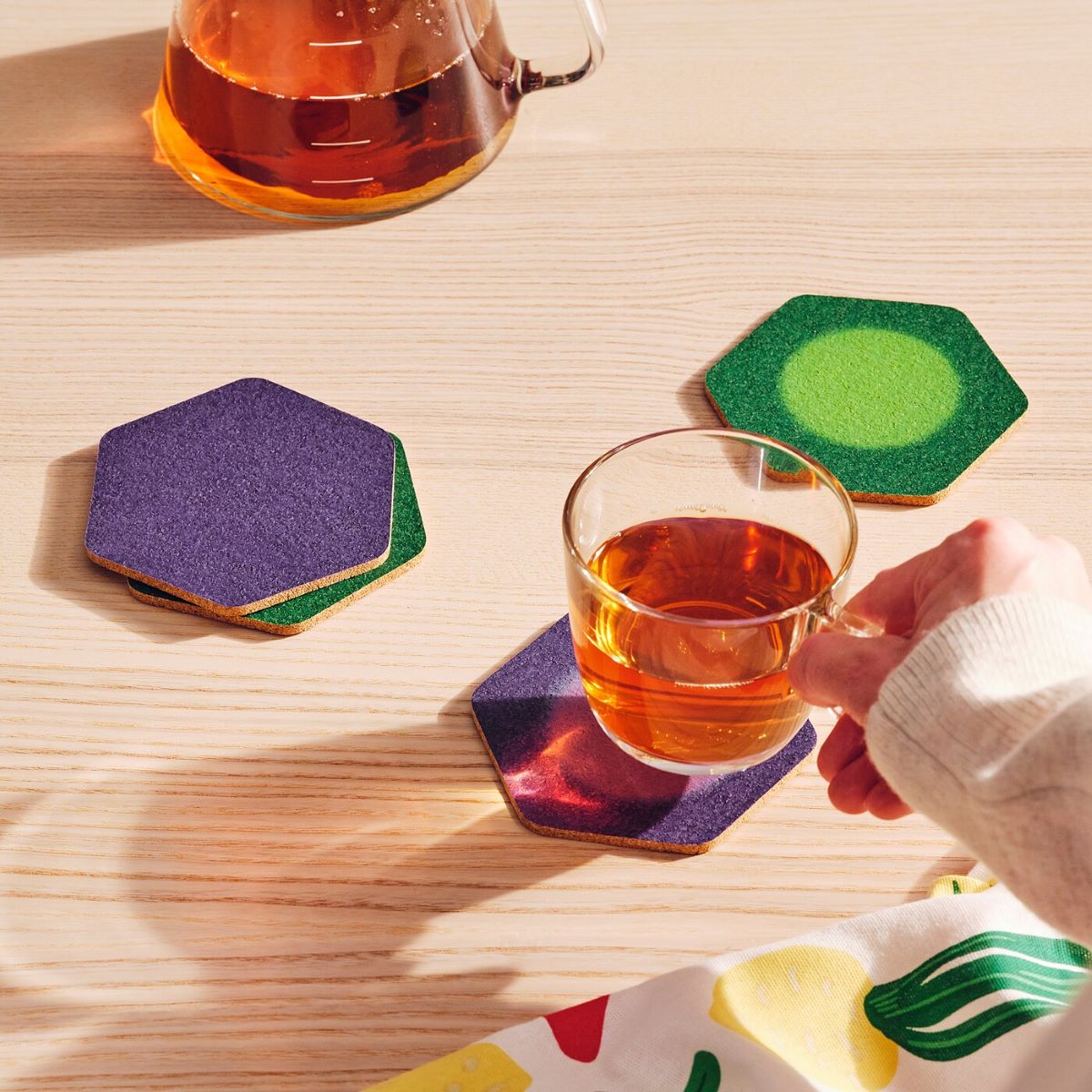
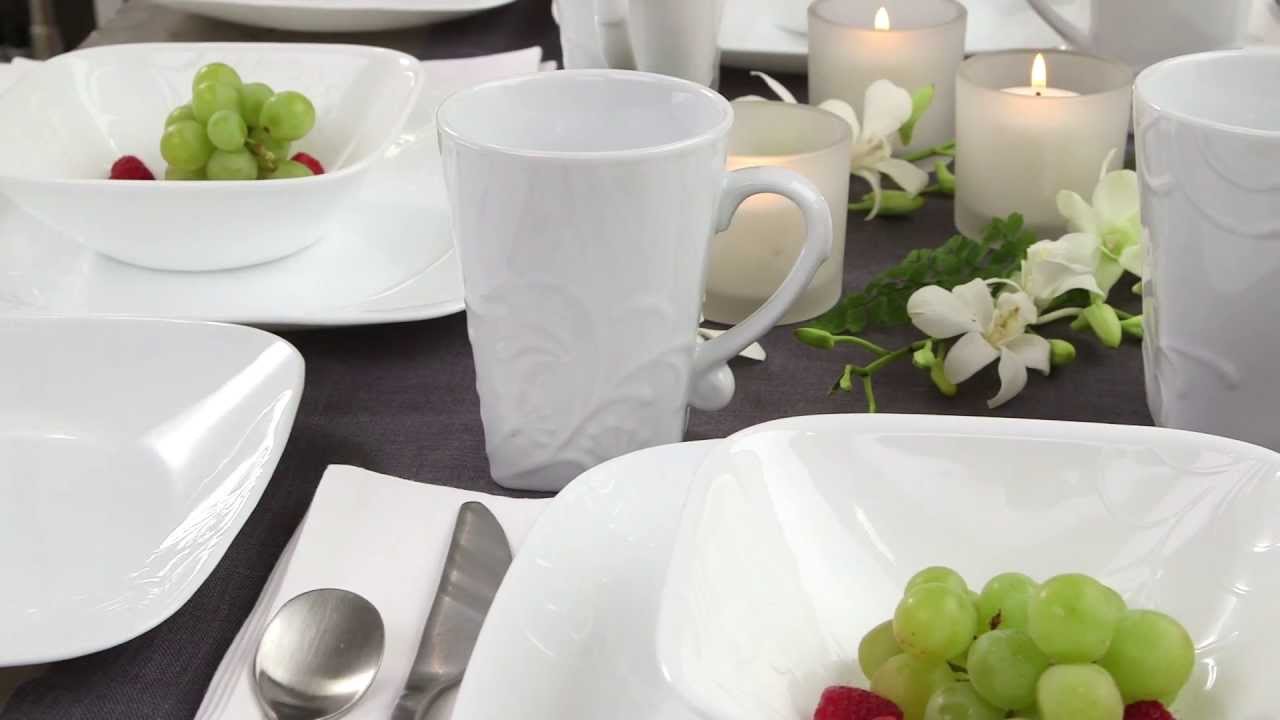
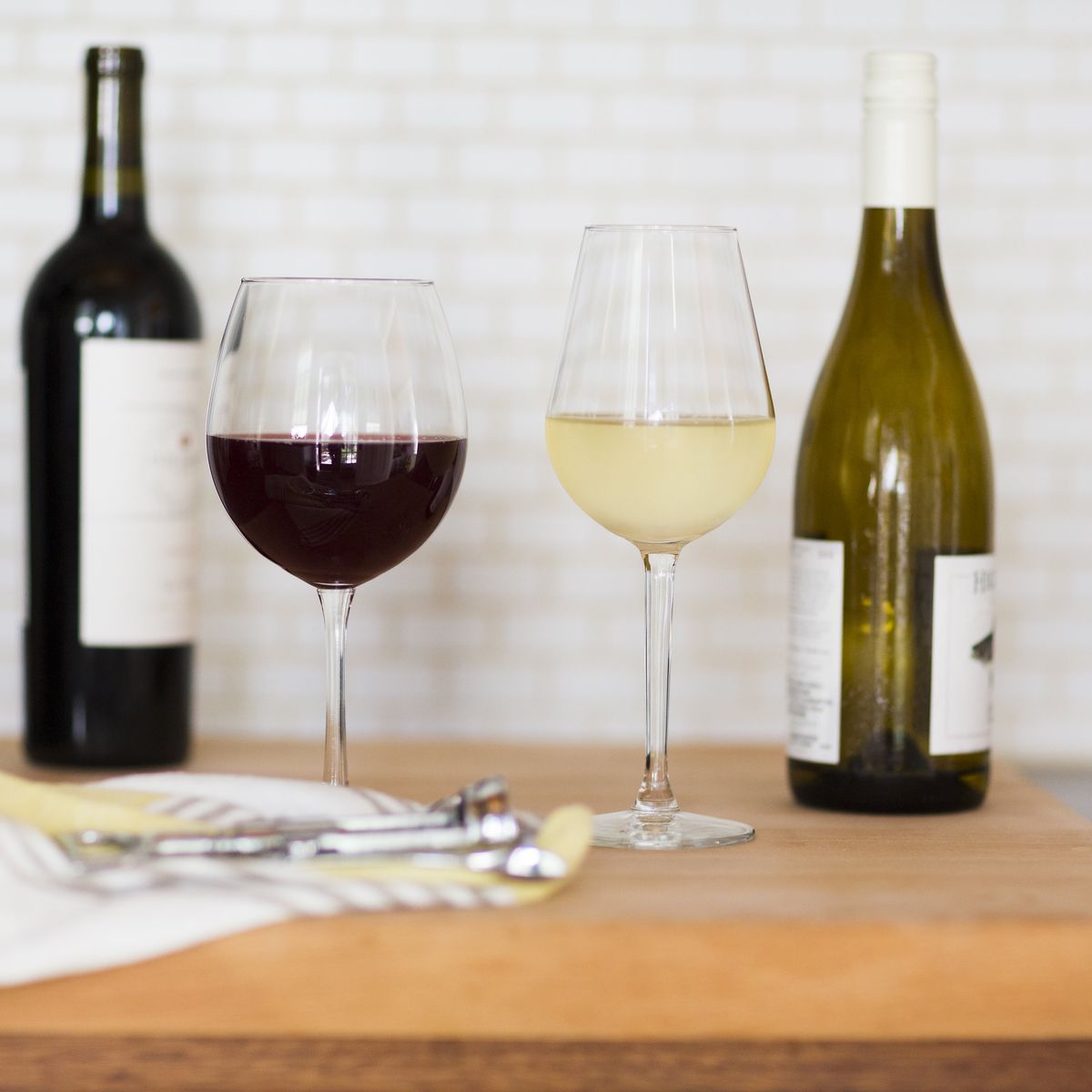

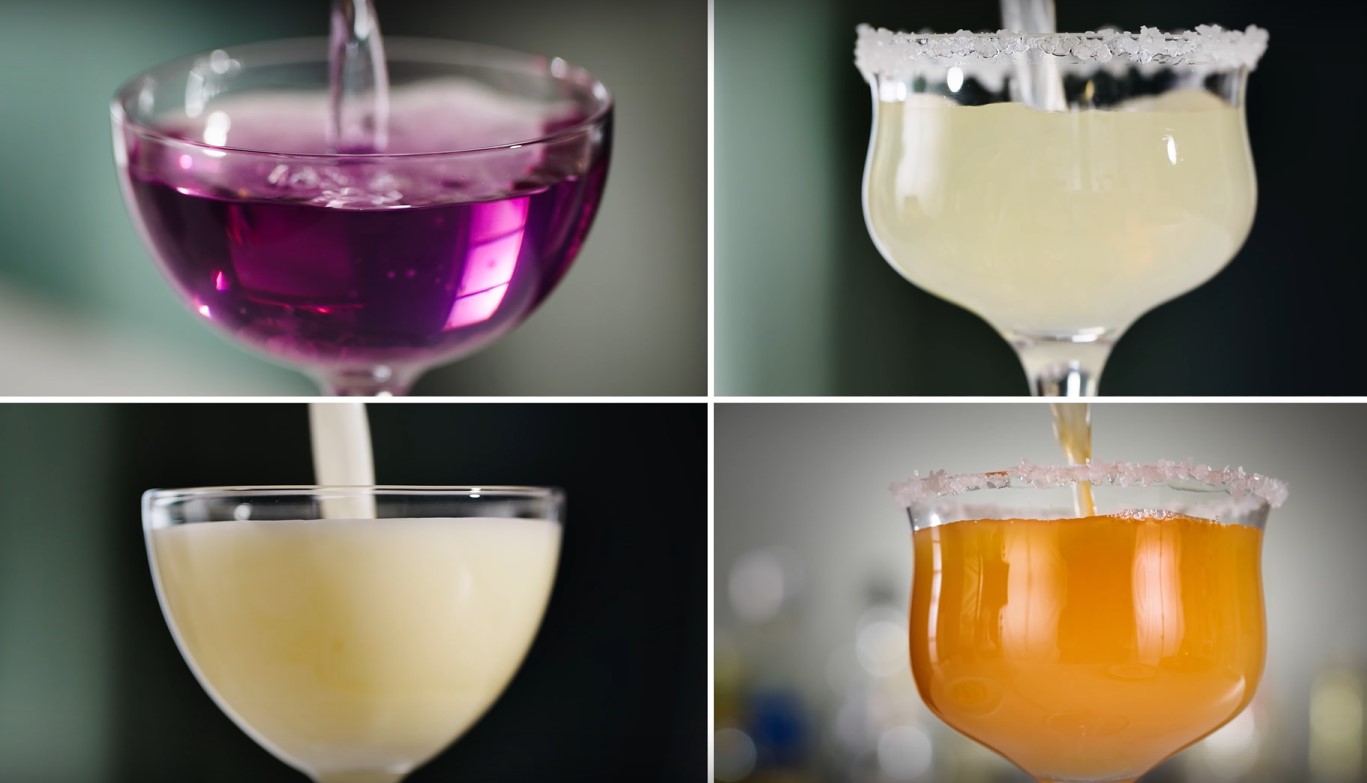
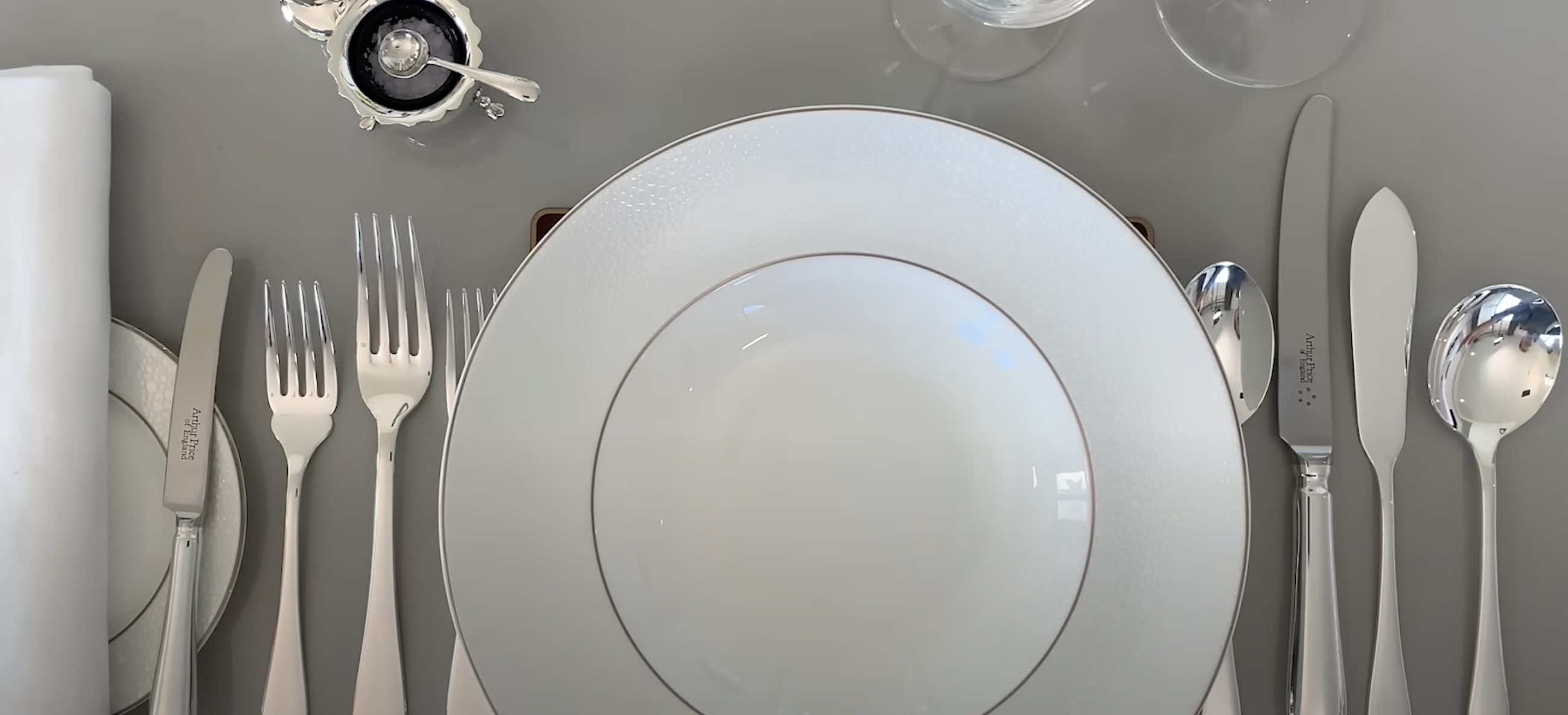

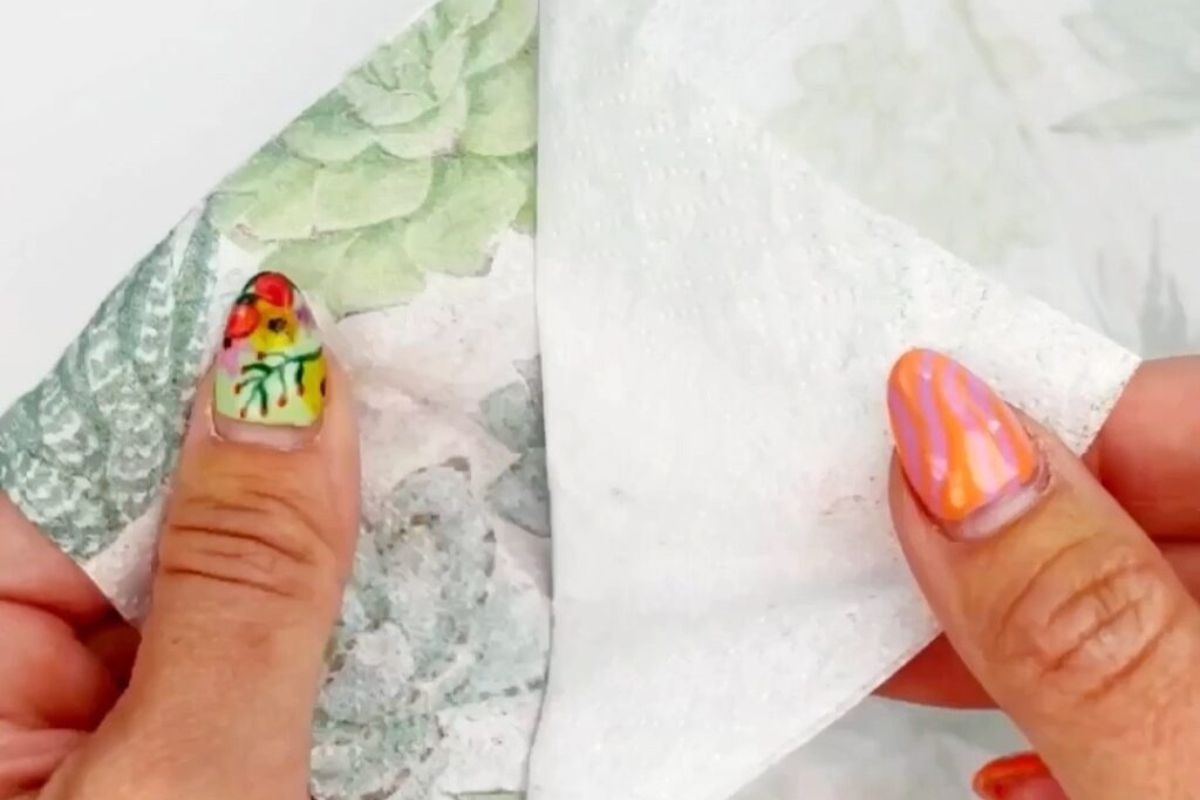
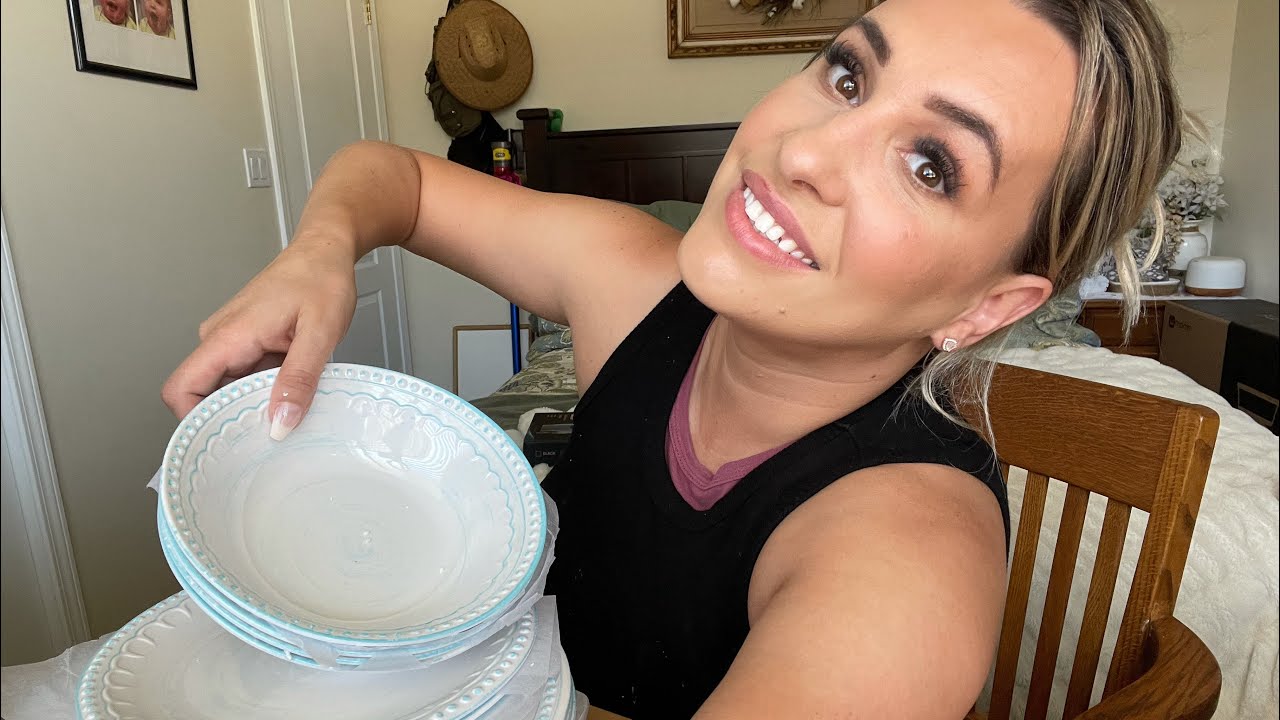
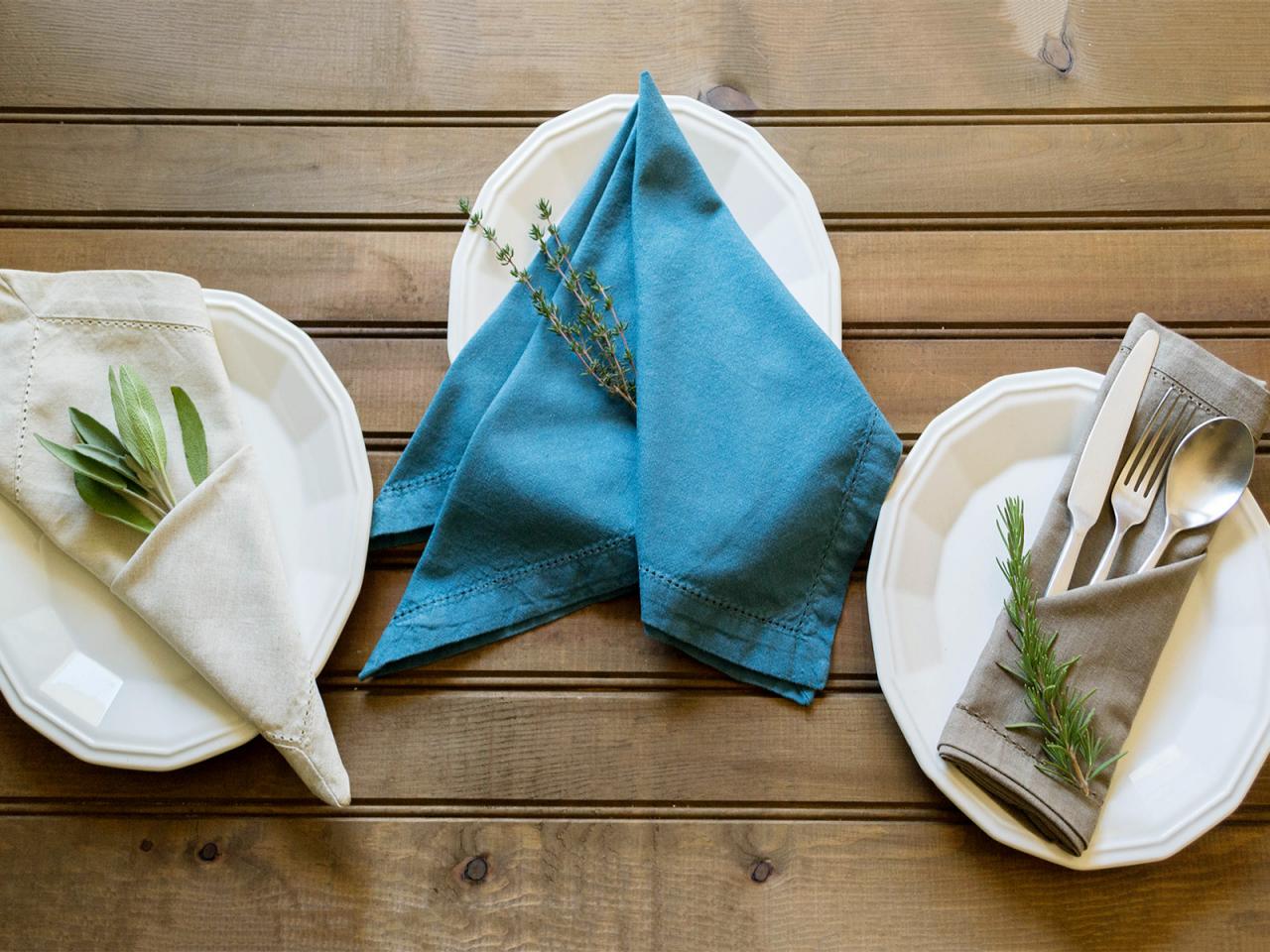
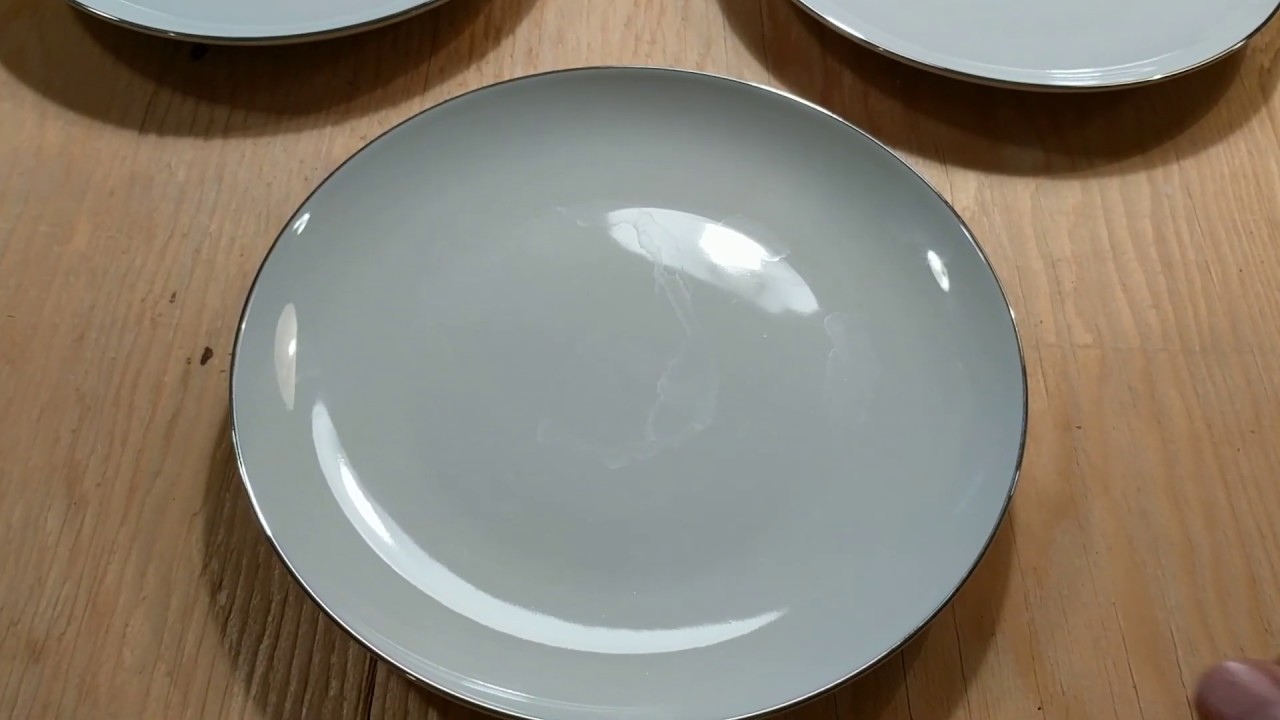

0 thoughts on “What Constitutes A Formal Table Setting?”